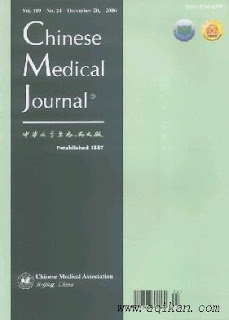The
National Institute of Ear, Nose and Throat situated in Tejgaon, Dhaka, Bangladesh is a specialized hospital and training center for Ear,
Nose and Throat diseases. Set up by The Ministry of Health and Family Welfare the hospital is
built at a cost of Tk620m.
The Prime Minister of Bangladesh Sheikh Hasina
formally inaugurated the institute in June 19, 2013. Construction of the new
12-storied building began in 2009.
 When fully
functional the 250-bed specialized institute would have an international
standard audio-vestibular lab, sleep lab and voice study lab. It would act as
an important center for training professionals in treating ENT disorders. The
current director of the hospital is Prof. Dr. Mohammad Abdullah.
When fully
functional the 250-bed specialized institute would have an international
standard audio-vestibular lab, sleep lab and voice study lab. It would act as
an important center for training professionals in treating ENT disorders. The
current director of the hospital is Prof. Dr. Mohammad Abdullah. .jpg)

